‘Je ne verrai pas Okinawa’, the Torments of Japanese Immigration
Aurélia Aurita recounts difficulties she encountered with Japanese customs officers in the form of a comic book through the character Chenda.
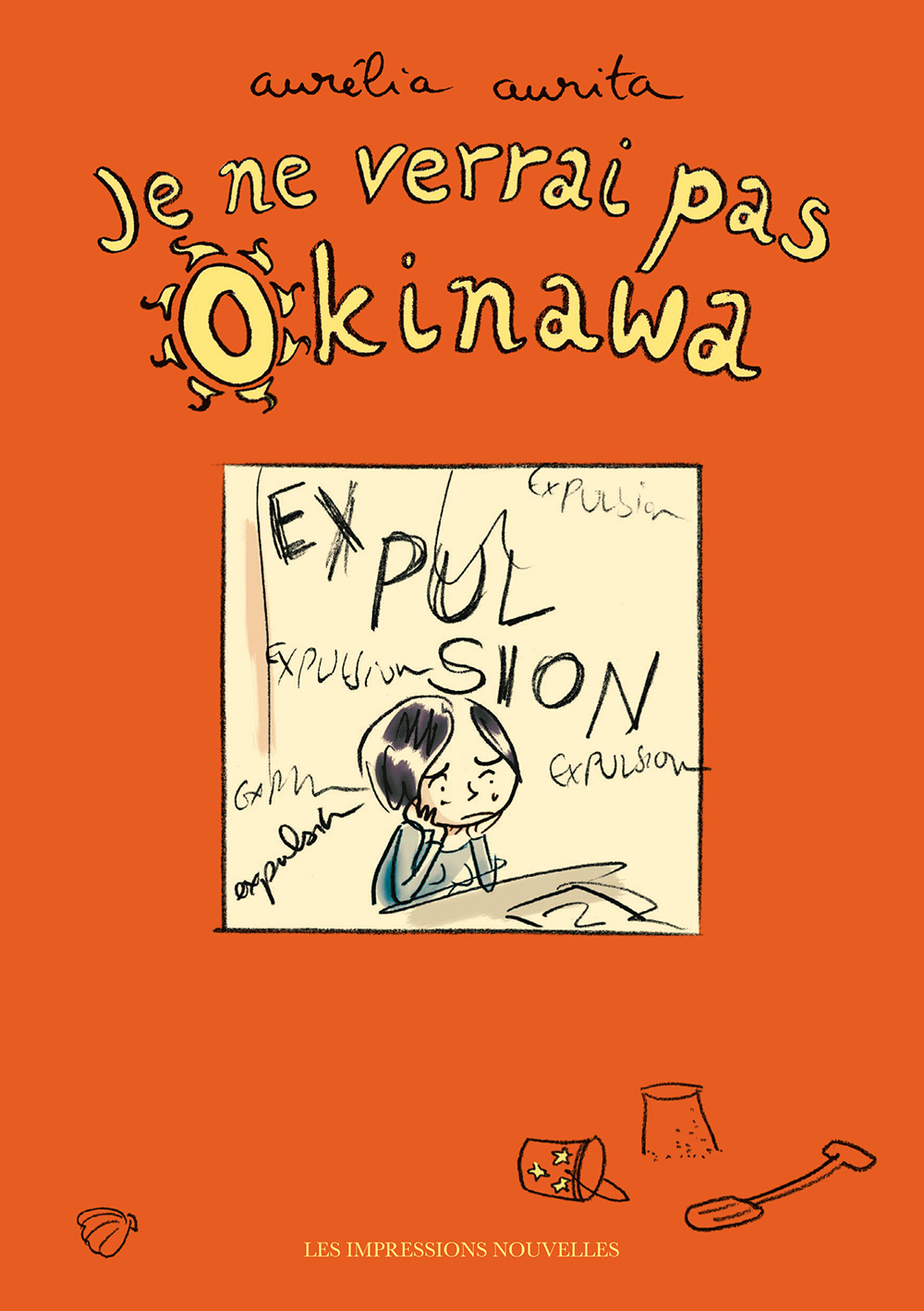
© Impressions Nouvelles
‘They say that you can see the greatness of a country in the way it treats those most fragile, the poor, the handicapped, immigrants… Until now, I’ve always been fortunate enough to be “on the right side” (…) As such, I’m not in a position to give anyone a lesson, I’ve never experienced what happens in France if you’re not French.’ Through the speech bubbles in her book Je ne verrai pas Okinawa (‘I Won’t See Okinawa’), Aurélia Aurita addresses the racism that is rife in Japan’s customs offices when they consider that an individual’s presence on Japanese soil has become too regular.
The heroine in this comic book is named Chenda, but it soon becomes clear that she is simply an embodiment of Aurélia Aurita, who has been visiting Japan on a regular basis since 2004. Indeed, this was considered too regular by Japanese customs as, when she arrived in the country in 2008, she was summoned by the customs officers at Haneda Airport. The fact that she had had two three-month tourist visas in the space of a year, the maximum possible, alerted the Japanese administration with, as the author explains, the implicit fear that she might plan to settle there permanently.
A book written in three days
Je ne verrai pas Okinawa uses drawings to analyse the arrival procedures and questioning the author has experienced, while bringing to light Japan’s selective immigration policy: in 2020, just 3.2% of the country’s population was foreign. ‘I immediately felt the need to get that out on paper to free myself of it’, Aurélie Aurita confides in an interview with Courrier International. ‘I was born in France but I still experienced quite a lot of racism, especially when I was young. The fact that I was grilled like that for hours just because I was foreign stirred up some personal things inside me’, continues the author, who wrote the storyline for her book in just three days.
Aurélia Aurita began a career as a comic book illustrator while studying pharmacy and produces drawings for publications including Fluide Glacial. Je ne verrai pas Okinawa is her third book, published after two tomes of the highly acclaimed Fraise et chocolat.
Je ne verrai pas Okinawa (2008), a comic book by Aurélia Aurita, is published by Impressions Nouvelles.
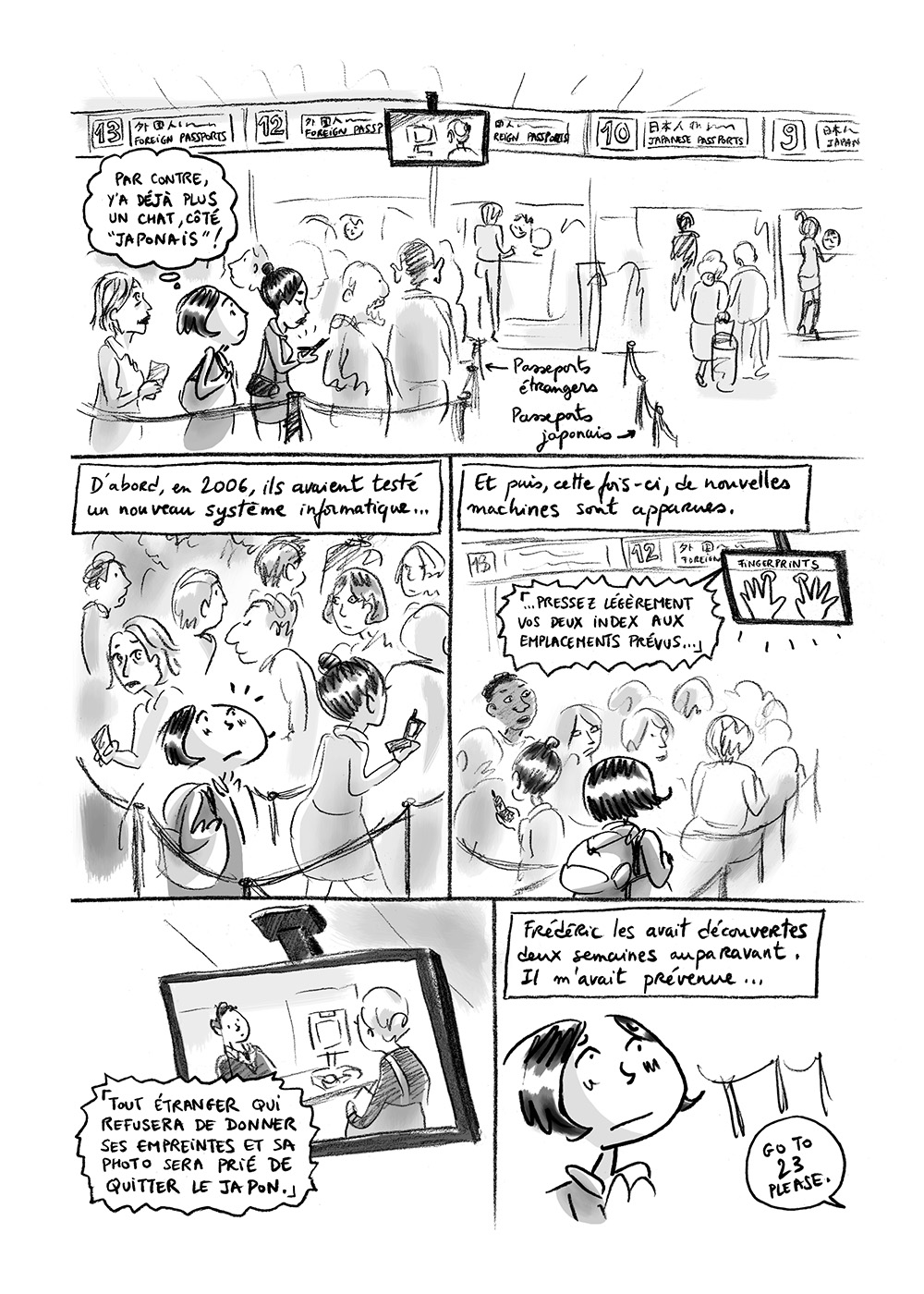
© Impressions Nouvelles
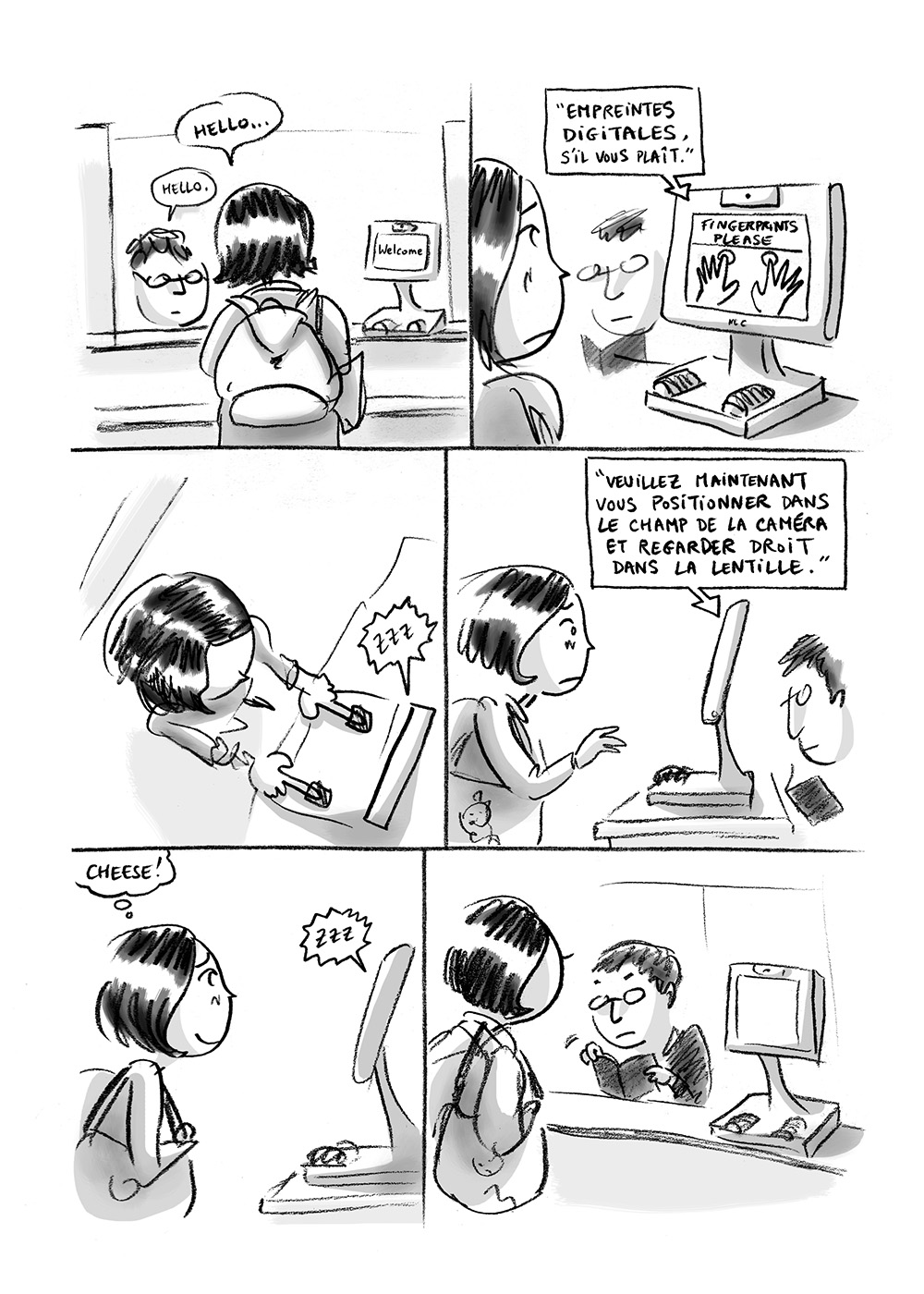
© Impressions Nouvelles
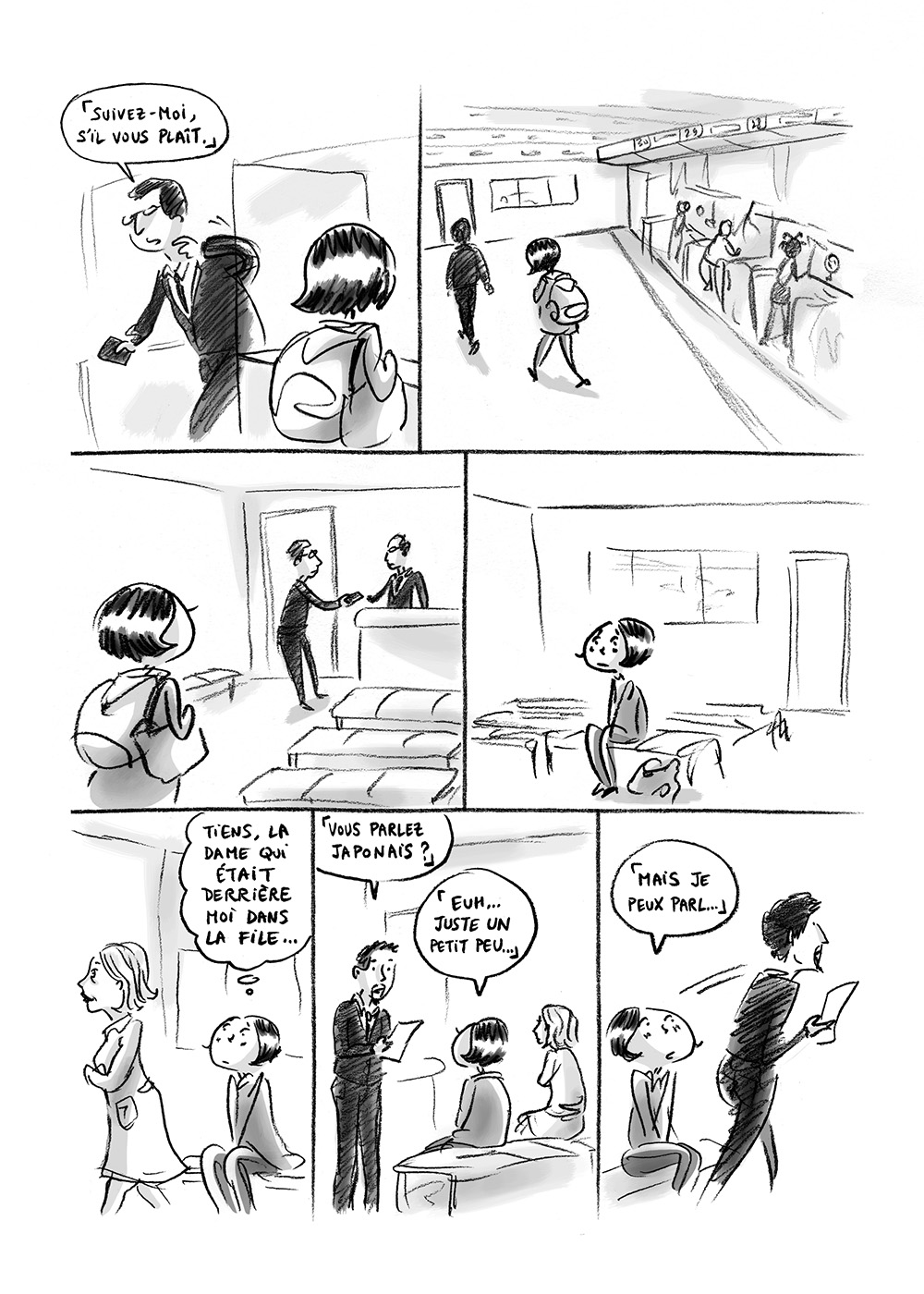
© Impressions Nouvelles
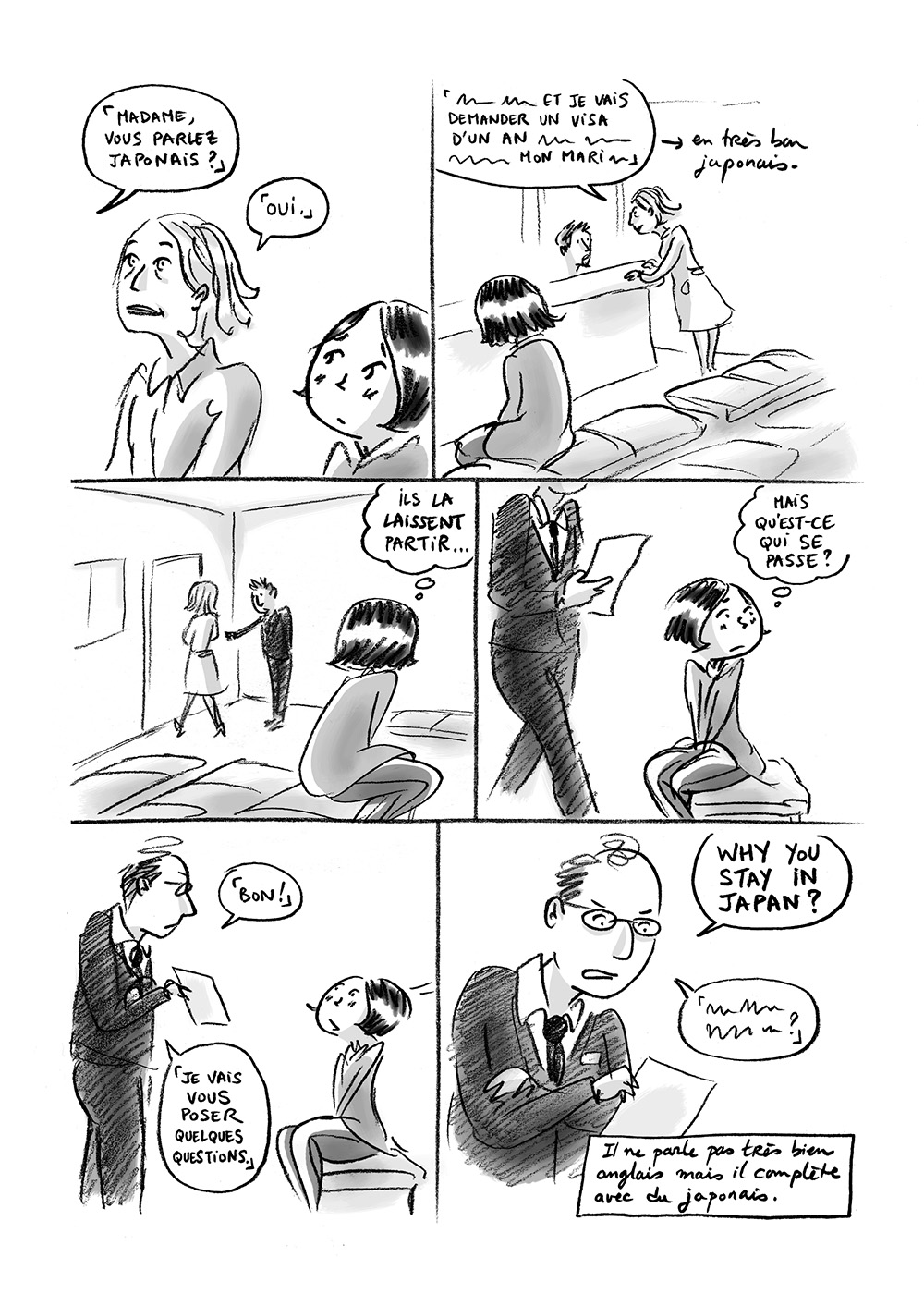
© Impressions Nouvelles
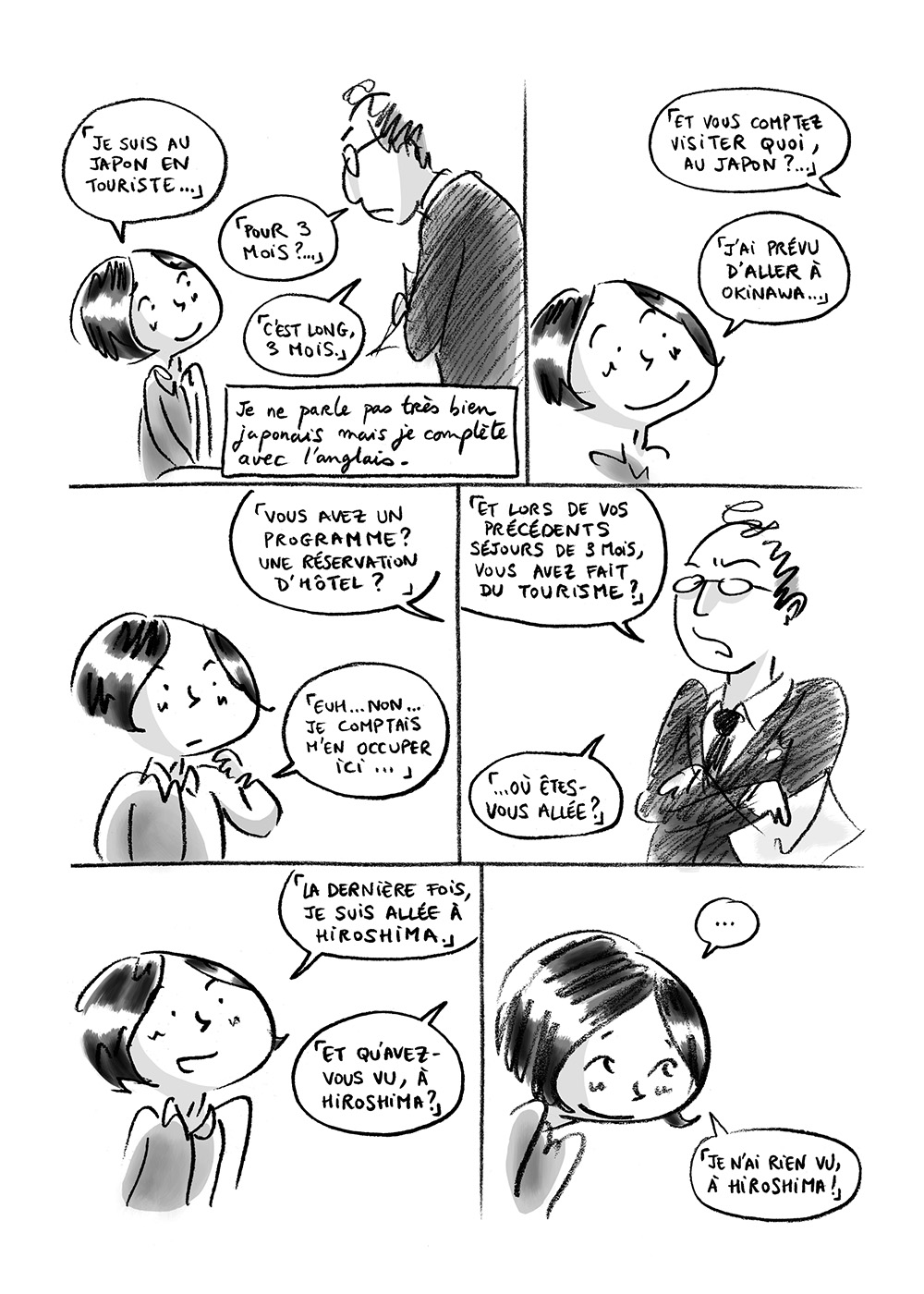
© Impressions Nouvelles
TRENDING
-
The Tattoos that Marked the Criminals of the Edo Period
Traditional tattoos were strong signifiers; murderers had head tattoos, while theft might result in an arm tattoo.

-
Chiharu Shiota, Red Threads of the Soul
Last year, more than 660,000 people visited the retrospective 'Chiharu Shiota: The Soul Trembles' exhibit at the Mori Art Museum.

-
‘Before Doubting Others, Doubt Yourself. Who Can Truly Say a Dish Isn’t What It Used to Be?’
In ‘A Non-Conformist’s Guide to Surviving Society’, author Satoshi Ogawa shares his strategies for navigating everyday life.

-
The Story of Sada Yacco, the Geisha who Bewitched Europe
Described by Dazed magazine as the first beauty influencer, she has been restored to her former glory since 2019.

-
Ito Jakuchu's Naturalist Paintings
From 15 September until 14 October 2018, the Petit Palais showcased the artist's iconic ‘Images of the Colourful Realm of Living Beings’.





